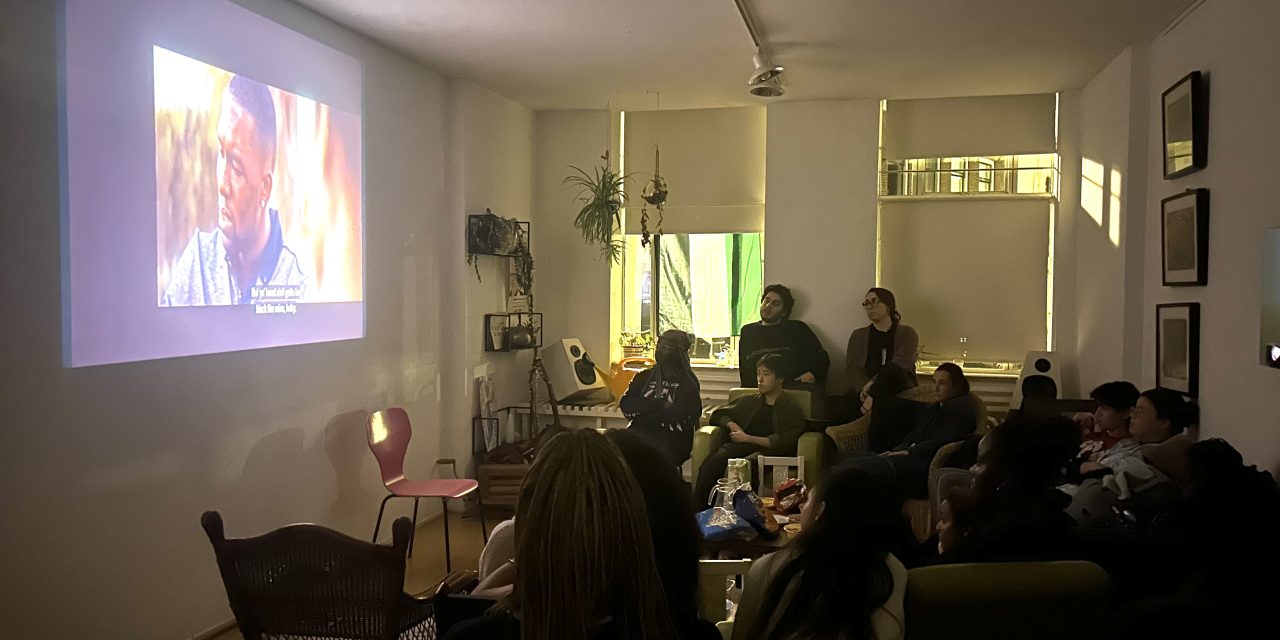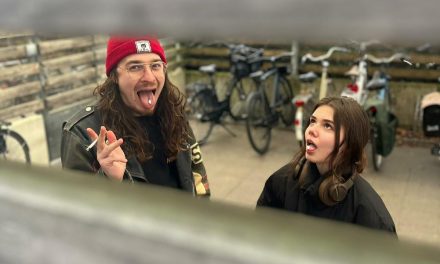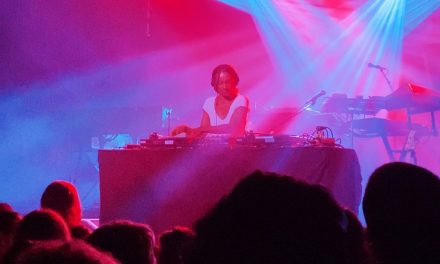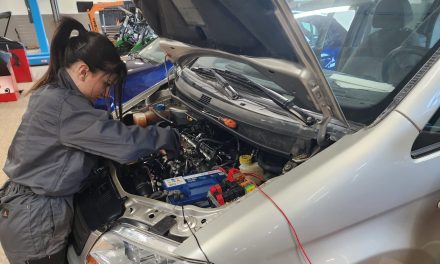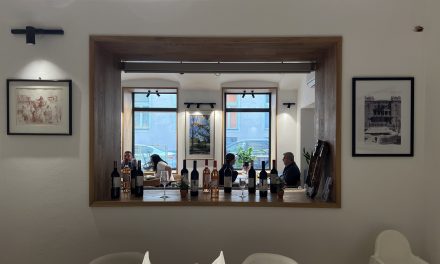As the lights dimmed in the Cultureel Centrum Moira, and Mahershala Ali rolled up in his icy blue impala, chatter turned to silence and all eyes were directed at the American actor. Chairs were carefully positioned – some being shared by two – to place the 19 attendees in front of the film projected on a white wall. These people – mostly students – were gathered for Utrecht Universities’ African and Caribbean Heritage Network’s (ACHN) screening of Moonlight.
Released in 2016, Moonlight tells the story of Chiron, a queer black man from the ghettos of Miami. Told in three parts, viewers follow Chiron as he struggles to find his place in the world. The film won many awards including best picture, best adapted screenplay and best supporting actor at the 2017 Academy Awards.
According to Ischa Kalka, internal marketer at the ACHN, they hoped the film – which deals with queer and masculine identities within a black American community – would provide a “new perspective” on what it means to be black in America during the country’s Black History Month.
Events like this are vital to the ACHN’s goal of increasing equity and diversity in the university community, according to Amaryllis Lee, chairman of the network.
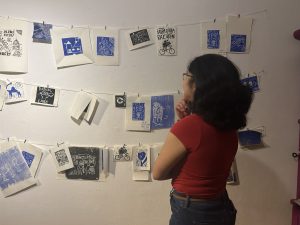
Amaryllis Lee viewing artwork on the walls of the Cultureel Centrum Moira. Photo taken on Feb. 16 by Nkele Martin.
“We are one of the only cultural networks within the University Science Park,” said Lee. “And what I do notice is there is an extreme lack of support, exposure, and understanding of people of colour.”
Lee says her and the other board members share the view that in the Netherlands, you are not Aruban, or Congolese, the diversity of cultural identities are ignored and one is “clustered into this one type of category.”
“This narrow view leads to certain types of biases and stereotypes because there is not a lot of exposure to the different types of identities,” she said.
A film centered around clashing identities was the perfect choice to highlight this issue, said Lee. “[It was important] for us to watch this movie and learn the multitude of identities within the community itself.”
After the movie concluded, Lee hosted a discussion in which members were invited to speak about their identities and experiences in relation to the themes of the movie. The chairman asked three questions, one on masculinity and identity, one about vulnerability and one about the final scene of the movie – a scene in which Chiron is lovingly held by a past lover.
The discussion began slowly, but it picked up and multiple people contributed. One guest said even though she’d seen the movie before, the final scene brought tears to her eyes. Another spoke about her experiences as a queer black woman.
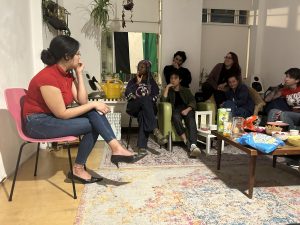
Lee leads a discussion with guests after the screening. Photo taken on Feb. 16 by Nkele Martin.
This dialogue was an important part of the event, because just as the movie opens one’s eyes to different perspectives, hearing the experiences of others does too.
For Lee, the African-American, male, and queer perspective are different from her everyday life as a woman of colour. She also acknowledged that her understanding of the movie may be wildly different from others.
“What I took away is different from what other people did,” she said.
Despite the focus of the evening being the differences within black communities, attendees and board members were still able to interact, and come together.
When the discussion was over, Afrobeats played as guests shared snacks and mingled amongst each other. Some who had never met one another were able to talk about the movie, their identity and experiences as a person of colour in Utrecht.
Lee said a goal of the ACHN is to create a community united by both their similarities and differences.
“Not only the struggles [of life as a minority], but also the beauty,” she said. “You can come in simply to listen to Afrobeats or Reggaeton… or ask someone where to find a good curly hair shop”
Among the audience were many who did not come from African or Caribbean descent, but their inclusion is equally important, says Lee.
The ACHN is not only a safe space for people of colour, but a safe space for students from outside those communities to learn about different cultures. Lee says their involvement can “bring up the level of cultural and ethnic diversity in the institutions.”
This screening was just one of many events that the ACHN is a part of. In the next two months, students will be able to attend a salsa class, read We the slaves of Suriname in their new book club, and more. All of these gatherings have the same goal, to “educate, empower and entertain,” as stated on their website.
As guests left the building, they left equipped with new perspectives and new connections. Hoping for a similar turnout at future gatherings, Lee thinks these events provide familiarity and comfort to those who may not encounter many people of colour in their daily lives.
In a country where 40 per cent of non-white citizens have experienced racism in schools or universities, that comfort can be hard to come by.
“[The ACHN is] a community that… where people can have that space of people that can relate to you,” she said.
“It gives a sense of comfort in a world where you’re feeling so unstable.”
